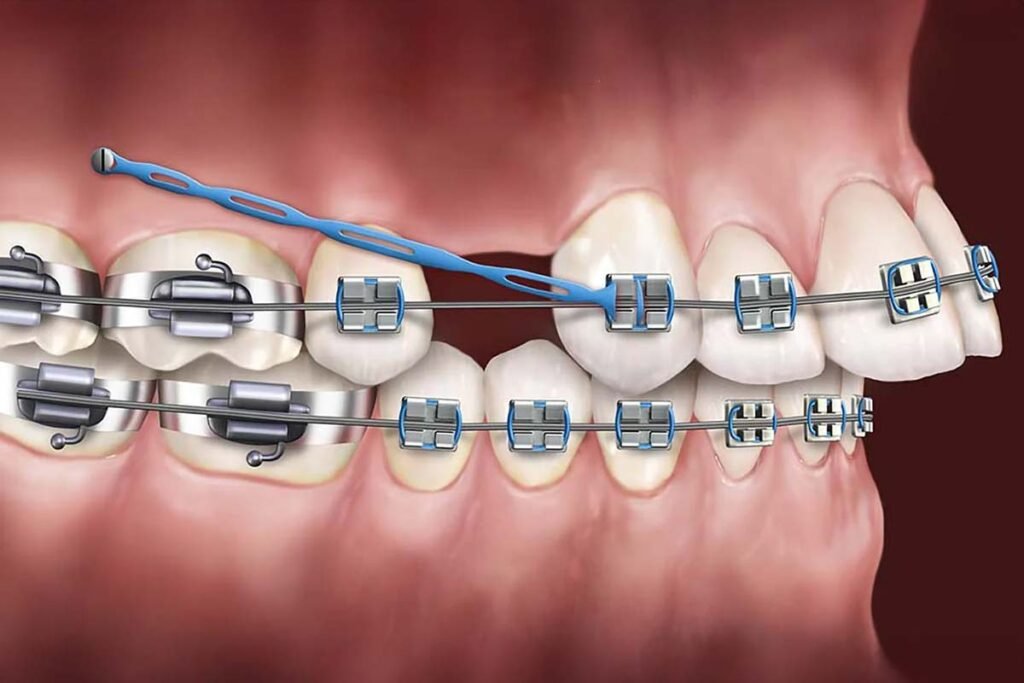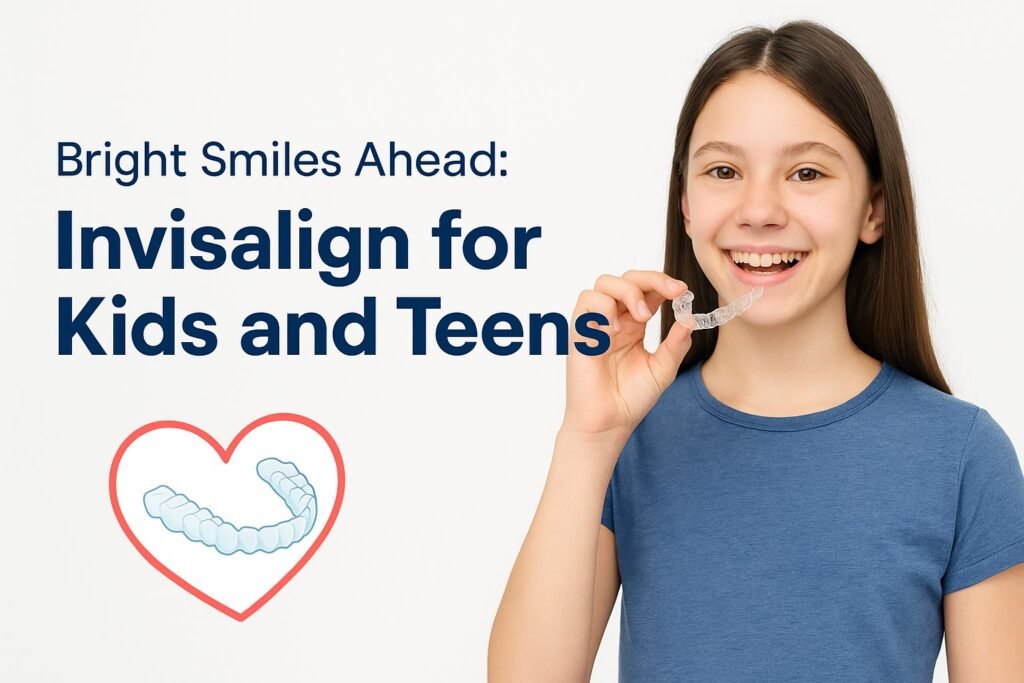Orthodontics has transformed the procedure of braces from chunky-looking structures to smaller Temporary Anchorage Devices (TADs). This is some of the new technology that has reinforced orthodontic treatments in modern dentistry. That helps tackle challenging orthodontic problems with ease.
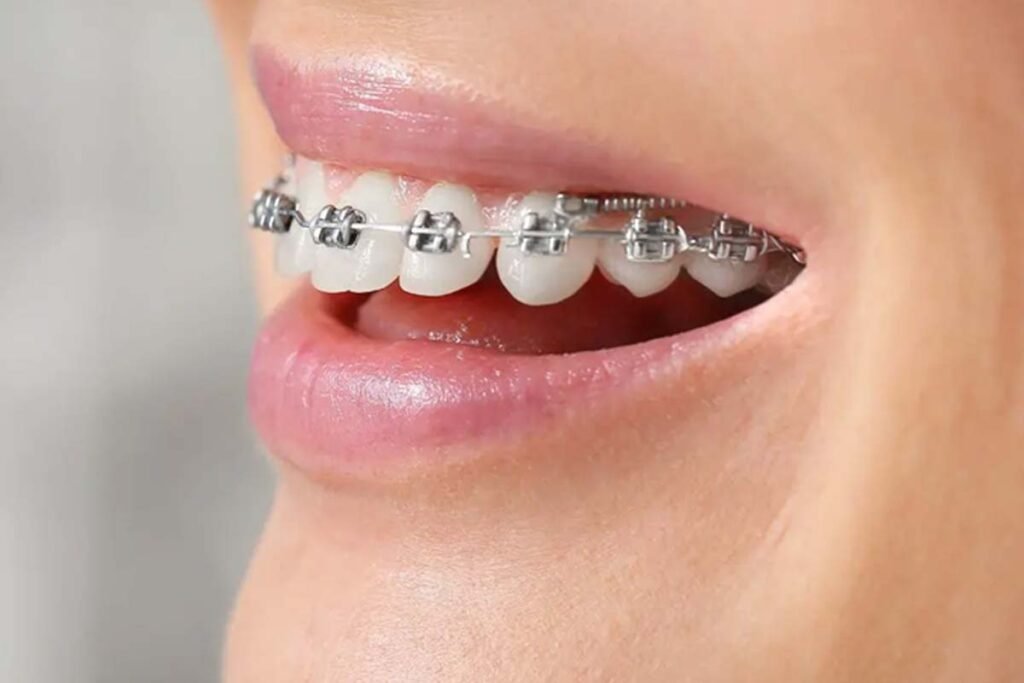
If you are enrolling for an Anchorage Orthodontics appointment and you are guided to be a potential candidate for TADs, you need to gather basic knowledge about the device and related treatment. Through this guide, we will walk you through everything from what they are and how they are placed to what they correct and why you would be a good candidate.
What Are Temporary Anchorage Devices?
Temporary Anchorage Devices, also called TADs, are small titanium mini-screws or implants that are temporarily placed in the jawbone of a patient to serve as a firm anchor point for the better repositioning of teeth.
While braces or aligners place adjacent teeth as anchor points, TADs are placed in the bone to prevent any unwanted movement when the teeth are repositioned.
These miniature appliances (usually have 1.2 to 2 mm in diameter and 6 to 12 mm long) are typically removed once the orthodontic movement is complete.
Given that they are temporary and minimally invasive, they are a less painful but highly effective solution to enhance the success of temporary anchorage device orthodontic treatments.
How Do TADs Work?
Temporary Anchorage Devices (TADs) are tiny screws in the jawbone that are placed to function as rigid and non-moving anchors for tooth movement. Unlike the conventional braces or aligners that put pressure on the teeth next to them, TADs give a non-moving anchor.
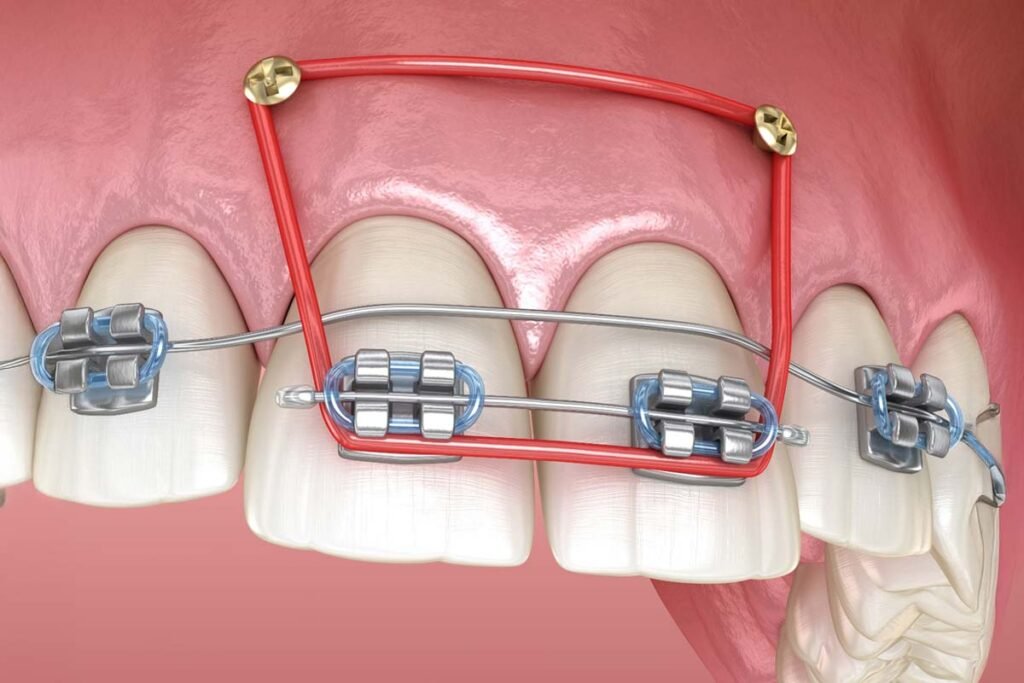
Orthodontists attach elastics or wires to the TAD, which slowly and gently nudge individual teeth into proper positions, enabling teeth to be relocated more quickly and precisely.
In most instances, it eliminates the need for headgear or tooth extraction. TADs are painlessly removed after temporary anchorage device orthodontic treatment.
Benefits of Using TADs in Anchorage Orthodontics
There are various benefits to TADs:
- Short Treatment Time: Tads Orthodontics has the potential to reduce the treatment time considerably by facilitating more efficient and precise movement.
- Enhanced Precision: They allow for tooth movement that is tricky to achieve with regular brace.
- The Enhanced Aesthetics: For some cases, TADs remove the necessity for cumbersome appliances like headgear.
- Less Complex: Insertion is rapid, often stitchless or with minimal recuperation.
Conditions TADs Can Help Treat
TADs come in handy for complicated orthodontic cases, including:
- Intrusion of Over-erupted Teeth: Forcing teeth back in position when they’ve grown out too far.
- Closing Gaps: For aiding in closing gaps between teeth when conventional methods fail.
- Open Bite Correction: For aiding in getting front or back teeth together in the proper position.
- Midline Correction: For correcting the centerline of your teeth to keep up with facial symmetry.
- Reinforcing Anchorage: When multiple teeth have to be moved without disturbing others.
- Orthognathic Surgery Support: Non-surgical jaw expansion : Applied in the roof of the mouth with an expander to correct posterior cross bite for a narrow maxilla. It is a good option for less severe cases where jaw surgery could be avoided.
Are You a Candidate for TADs?
Not everyone who has orthodontic treatment will need TADs, but you could be a suitable candidate if:
- Have Complicated Tooth Movement Requirements
If your case calls for significant tooth movement, like molar intrusion or correcting asymmetries, TADS Orthodontics provides the level of control you need. - Prefer Not to Wear Headgear or Have Surgery
TADs can sometimes serve as a substitute for obtrusive and uncomfortable headgear or, in a few instances, even eliminate the need for jaw surgery. - Have Closable Gaps That Are Challenging to Close
In instances where larger gaps cannot be closed by braces or aligners alone, TADs can exert pinpoint pressure to help. - Are in Healthy Oral and Bone Health
Good oral hygiene and adequate bone density at the placement site are required for candidates. Bad oral care or a current gum infection can temporarily exclude a person. - We are Committed to Good Oral Hygiene
As with any implant, TADs must be scrupulously cleaned to avoid infection. Patients must agree to have great oral hygiene throughout treatment. - Are Adults or Older Adolescents
Although TADs can be applied in younger patients, they are more typically applied in adults or older teenagers whose jaws are fully grown.
The Placement Procedure: What to Expect
Here is by step-by-step guide of what to anticipate if your orthodontist recommends TADs:
- Step 1. Evaluation and Imaging: Your orthodontist takes an X-ray or 3D scan to identify where it needs to go.
- Step 2. Anesthesia: Your dentist will use a small amount of anesthesia (local) to numb the area where treatment is needed to be done.
- Step 3. Insertion: The TAD is screwed very slowly into the bone with specialized instruments. The process is brief and usually not painful.
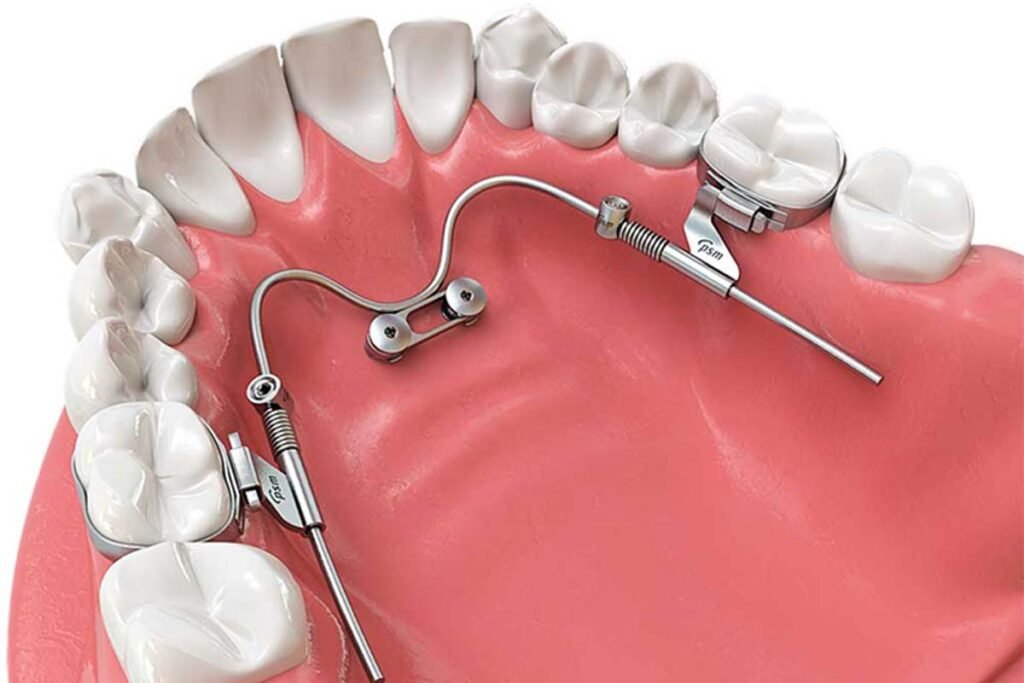
- Step 4. Attachment: An elastic or spring is attached between the TAD and tooth/teeth to activate movement.
- Step 5. Follow-up Care: Follow-up appointments are needed to check for progress of treatment and maintain the TAD infection-free from gum.
- Step 6. Removal: When your treatment is done, the TAD is extracted, which is a painless procedure without stitches.
Care and Maintenance of TADs
Keeping a TAD in a neat condition is not very difficult; however, it is of the very highest priority:
- Rinse with antimicrobial mouthwash to prevent bacterial buildup.
- Do not touch the TAD improperly with your fingers and tongue.
- Inform your orthodontist if the TAD is loose or uncomfortable immediately
In a few instances, a TAD can loosen or become slightly irritated. If this occurs, your orthodontist can simply reinsert or reset it.
Are TADs Right for Your Purposes?
Temporary Anchorage Devices are a valuable resource in contemporary anchorage orthodontics, particularly where accuracy and effectiveness are of overriding concern.
In the event you have been informed that your case is too complicated to be managed using braces alone or that you do not want to use headgear or surgery, TADs can be the perfect solution.
But it is only your skilled orthodontist, like Art of Smile Philadelphia, who can determine if you would be a suitable candidate for TADs after a proper clinical examination. Plus, with their state of the art technology, devices and treatment methods, you receive overall treatment for your teeth.
Conclusion: TADs Ready to Explore
We hope that by the end of this article, you will have learnt in detail how TADs work and how they help during orthodontic treatment.
Make an appointment with a trusted and renowned philadelphia orthodontist like Art of Smile. And find out whether or not TADs are what you need for your treatment. A more efficient, less aggressive, and incredibly precise solution for your smile is closer than you can imagine.
